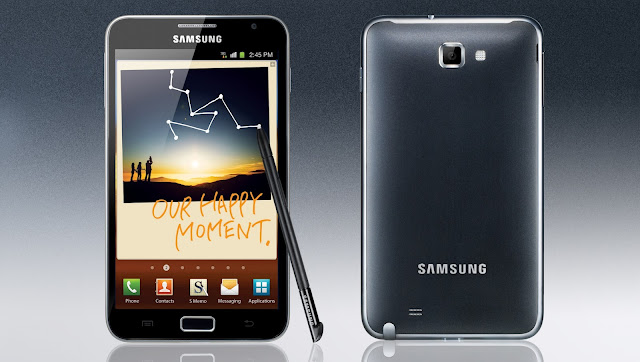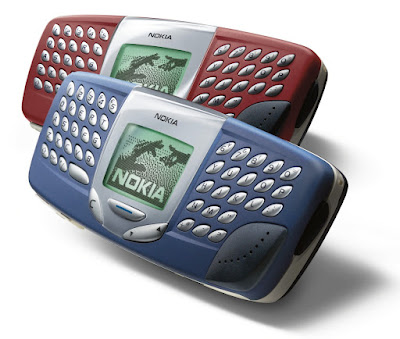Launched October 2011
Once upon a time, phones were tiny. The smaller the phone, the better was the mantra in the early noughties. A few years later, smartphones started to become popular… but even the iconic iPhone only had a 3.5” display, which is positively quaint by today’s standards.
Samsung had an idea that bigger was possibly better, and in 2011 they launched the original Samsung Galaxy Note N7000. Bigger than a smartphone and smaller than a tablet, the Note ended up with the rather ugly class of “phablet” being applied to it. And it was a controversial beast. Oh yes.
 |
| Samsung Galaxy Note N7000 |
Sporting a 5.3” 800 x 1280 pixel display, the Note was huge for its day coming in at 170 grams and 147 x 83 x 9.7mm in size. Many critics thought that it was far too big, that a device of this size was going to be unusable for most consumers… that it would simply be too large to even carry around comfortably.
Although it did look like a slightly stretched Samsung Galaxy S II, the Note came with a stylus (the “S-Pen”) which was supported by a few specially written apps for the device. Hardware specs varied according to which regional model you had, but the Note was no slouch with a 1.4 or 1.5GHz dual-core CPU, 1GB of RAM, 16 or 32 GB of storage (plus a microSD card), and for good measure an 8 megapixel camera on the back with a 2 megapixel one on the front. This was high-end stuff.
Consumer reaction was cool, and it was only a moderate sales success. But despite the size of the thing, the Note won converts because the large screen was substantially easier to use. Standard smartphones began to creep up in size, and by 2014 the Samsung Galaxy S5 matched the screen size of the Note, even if it was more pocket-friendly. Today, the Apple iPhone 13 packs a 6.1” display in a form factor not too far from the original Note… so today, the “huge” size of the Note is pretty much what all high-end smartphones look like.
The Note didn’t die out though, the current Samsung Galaxy Note 20 Ultra is still a fair bit larger than a standard smartphone, but it doesn’t feel ridiculous. Somewhere along the line, Samsung screwed up royally and the Galaxy Note 7 could accidentally burn down your house, but the line continued anyway.
These days almost every high-end phone is a similar size to the original Galaxy Note, where the current Note really does sit slightly below a 7” tablet in terms of size. The lasting legacy of the original Note was to show that consumers really wanted much bigger phones with better screens, rather than the pokey little displays of smartphones of the time. Perhaps it is under-rated in this regard, having largely been responsible for the modern phone form factor. Today a little piece of design history like this will probably set you back between £40 to £70.
Image credit: Samsung





